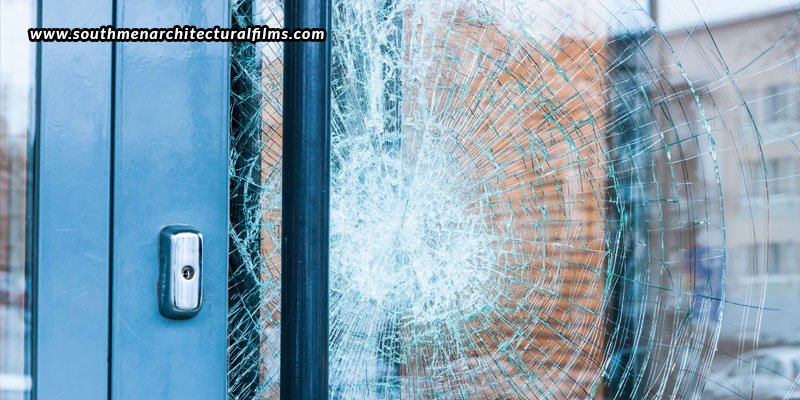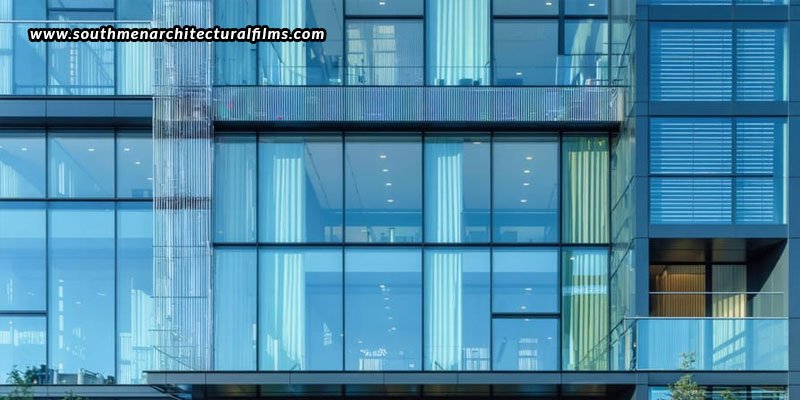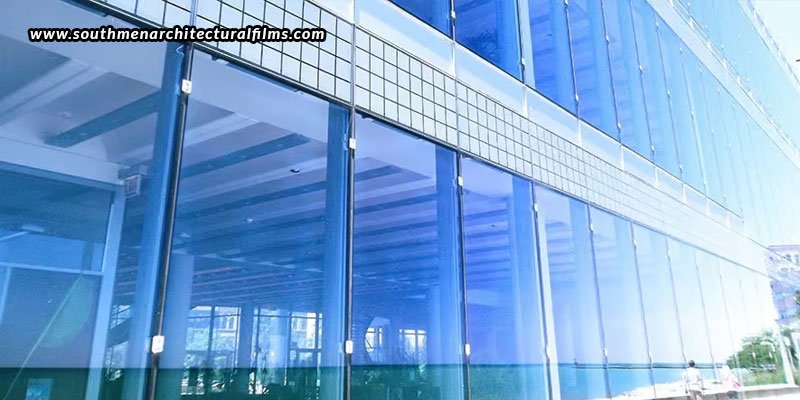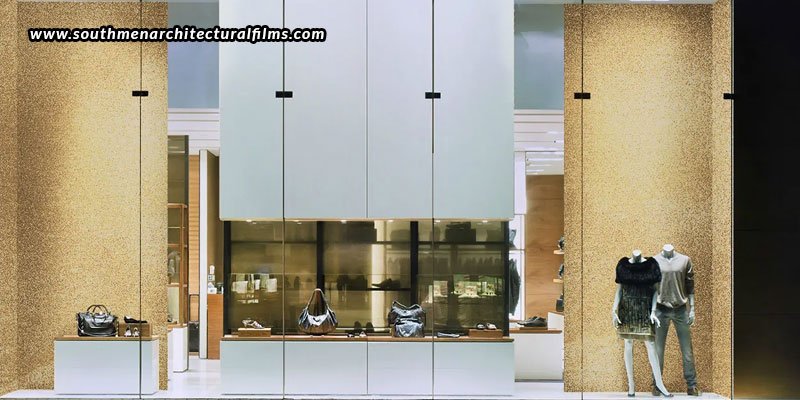Because they provide natural light and a glimpse of the outside world, windows are essential components of both our homes and businesses. They do, nonetheless, also represent vulnerabilities in terms of security, safety, and energy economy. A clever answer to these problems has been the development of window safety films, which combine state-of-the-art materials and cutting-edge technology to improve the performance of ordinary glass. We explore the science of impact resistance and UV filtering, as well as the materials utilized in window safety films, in the blog below to explain how window safety films work and perform so well.
The science of window safety films
With the help of window safety films, ordinary glass may be transformed into a high-performing barrier that improves energy efficiency, security, and safety. The core technology involves multi-layered polyester films bonded with strong adhesives. Here’s a breakdown of how this technology works.
- Multi-layer construction: Polyester film is usually layered multiple times to create window safety films. Specialized adhesives that offer strength and flexibility are used to stack and bind these layers together. By using many layers, the film is able to evenly distribute and absorb impact force, lowering the possibility of breakage.
- Adhesive: The efficacy of window safety films relies heavily on the adhesives employed in them. These adhesives are made to adhere firmly to the glass surface, guaranteeing that the film will stay in place even under the most challenging conditions. Additionally, superior adhesives maintain their efficacy and clarity over time by resisting yellowing and deterioration.
- Nano-technology: Advanced window safety films have nanotechnology integrated into them to improve upon their features. This may include nanoparticles that boost impact resistance, filter UV rays more effectively, or offer other advantages like heat insulation and anti-glare.
- Optical clarity: Preserving optical clarity is one of the major technological advances in window safety films. Top-notch films are made to be almost undetectable once installed, so they don’t obscure vistas or cut down on the quantity of natural light that enters the space.
- UV stabilizers: UV stabilizers are built into the structure of the film that prevent it from deteriorating from exposure to the sun. These stabilizers guarantee the film’s long-term performance and endurance by preventing it from degrading in the presence of UV radiation.
Materials employed in window safety films
The materials employed in the making of window safety films play a major role in their efficacy, some of the most important ones being –
- Polyester: Polyester, or more precisely polyethylene terephthalate, is the primary material used to make window safety films. The material is used because of its superior strength, durability, and clarity. It is perfect for long-term usage on windows as it is also resistant to chemicals and dampness.
- Adhesives: Acrylic or silicone-based adhesives are usually used to bind the polyester layers and affix the film to the glass. These adhesives are designed to offer a solid hold without deteriorating the film or the glass over time.
- Metallized coatings: A reflective coating, often made of aluminium, is present in some window safety films. By increasing the film’s capacity to reflect solar radiation, this layer lowers heat gain and improves energy efficiency.
- Nanoparticles: To offer particular advantages, more sophisticated films may contain nanoparticles. Certain types of nanoparticles, such as zinc oxide or titanium dioxide, can improve UV filtering, while other forms may increase scratch resistance or thermal insulation.
- UV absorbers: UV absorbers are incorporated into the film to shield it from UV rays. These chemical substances absorb UV radiation and transform it into harmless heat, which is then dissipated.
The science of impact resistance and UV filtration in window safety films
- Impact resistance: One of the most crucial aspects of window safety films is their ability to enhance impact resistance. When a window covered with safety film is hit, the film helps disperse the power of the impact across the entire surface of the glass, decreasing the possibility that the glass may shatter into jagged, potentially harmful fragments. Window safety films are able to dissipate energy and lessen the impact force that reaches the glass because of their multi-layer design, which allows each layer of polyester to contribute to the absorption of a considerable amount of impact energy. Window safety films are made of powerful adhesives that keep the film firmly bonded to the glass even when cracked or shattered, keeping glass pieces from flying into the air and causing injury. The polyester layers’ additional strength and flexibility enable the film to gradually expand upon impact, further absorbing and dispersing energy.
- UV filtration: Another essential feature of window safety films is UV filtration, which addresses the harmful effects of extended exposure to UV radiation on property and health. In order to absorb and neutralize UV radiation and turn it into safe heat, UV absorbers like benzotriazole and hindered amine light stabilizers (HALS) are added into the film. By reflecting UV light away from the glass, reflective coatings composed of metals like aluminium or specifically formulated reflective polymers improve UV filtration further. A broad spectrum of UV radiation is successfully blocked by the multi-layered construction of window safety films, whereby various UV-blocking compounds are included in each layer. Superior window safety films lower the risks of ageing, skin damage, and skin cancer by offering broad-spectrum protection against UVA and UVB light.
Window safety films provide a multifaceted answerto the problems presented by regular glass by fusing innovative materials and cutting-edge technologies. With the help of these coatings, windows may be transformed into high-performing barriers that both protect and improve our living and working environments by increasing impact resistance, preventing dangerous UV radiation, and increasing energy efficiency. Window safety films are made possible by intricate technology that guarantees the films’ ability to absorb and disperse force, preventing potentially disastrous breaking and shielding property and people from the sun’s harmful rays. In essence, window safety films are a construction update as they offer complete protection beyond the capabilities of conventional glass.
Whether you’re looking to enhance security, improve energy efficiency, or safeguard your family’s health, window safety films offer a proven and effective solution. Southmen offers a selection of premium window safety films in Bangalore for those looking for dependable window protection solutions. Recognized for their dependability and effectiveness, Southmen window safety films offer peace of mind by improving security, blocking UV rays, and conserving energy, as they are designed to satisfy the requirements of both residential and commercial areas.




